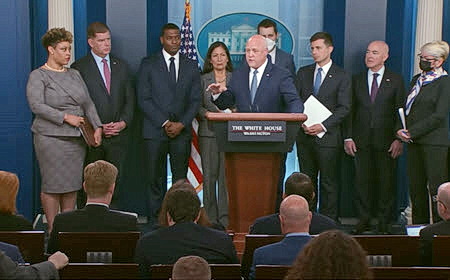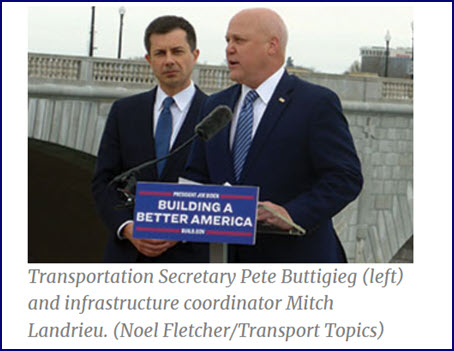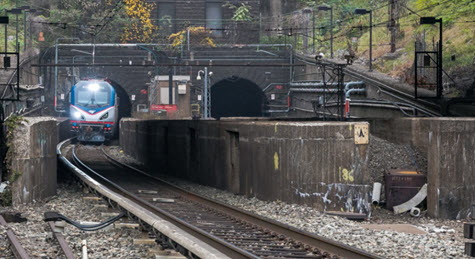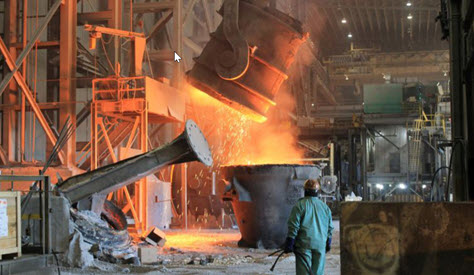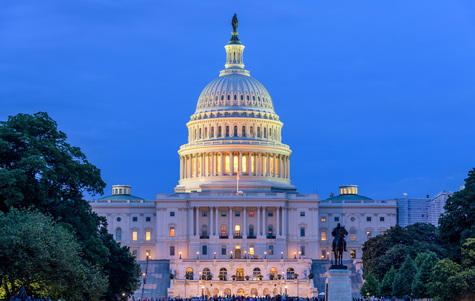
A White House “Accelerating Infrastructure Summit” on Oct. 13 showcased actions by the administration to hasten infrastructure project construction by improving coordination with mayors and governors. (Summit video and White House Action Plan)
Accelerating IIJA Investment
- Mitch Landrieu, the White House’s infrastructure coordinator (photo above) stated, “With over 90% of Bipartisan Infrastructure Law funding being delivered by non-federal agencies, our state, tribal, regional, territorial, local and industry partners must also find ways to accelerate the delivery of infrastructure.” (ABC News, Oct. 13)
- The plan—funded under the $1.2 trillion bipartisan Infrastructure Investment and Jobs Act (IIJA) enacted last November and supplemented by the Inflation Reduction Act in August—is the most significant investment in infrastructure since the interstate highway initiative during the Eisenhower administration. The Roundtable strongly backed the IIJA as it moved through the legislative process. (Roundtable Weekly, Nov. 12, 2021)
- The IIJA broadens access to federal funding programs by targeting resources toward communities. The administration launched a webpage on Grants.gov and a Technical Assistance Guide to help communities with infrastructure project resources, from grant writing to funding eligibility requirements. A web-based interactive map also shows where IIJA funds have been disbursed in communities across the nation.
On Time, On Task, and On Budget
- The White House acceleration plan details numerous federal policy initiatives and complements the administration’s Permitting Action Plan, released in May. (Transportation Today, Oct. 17)
The Roundtable continues to support federal transportation infrastructure investments to spur economic growth, support local communities, and enhance America’s competitiveness. (Roundtable Weekly, May 20 and Roundtable’s 2022 Policy Agenda)
# # #

